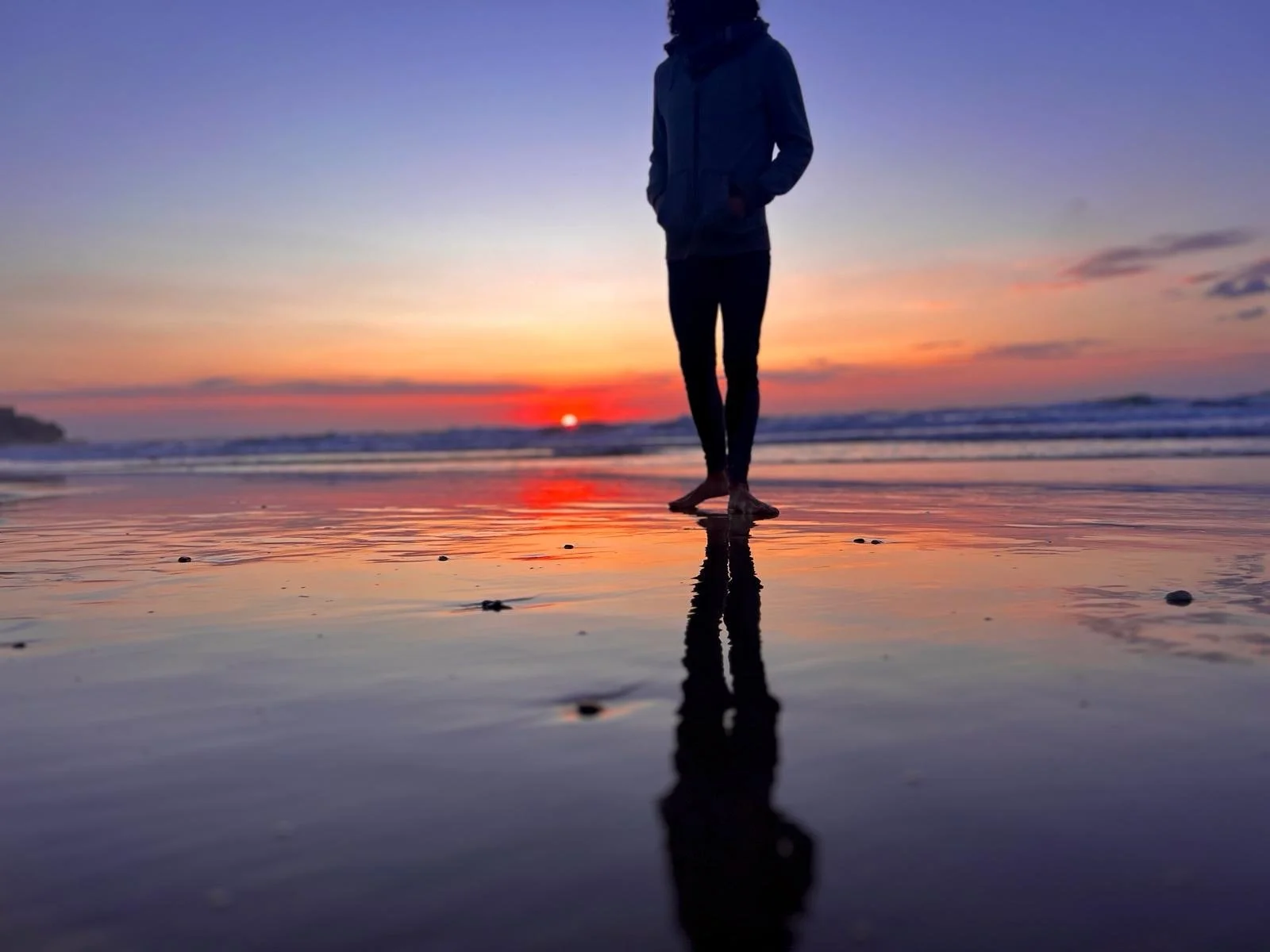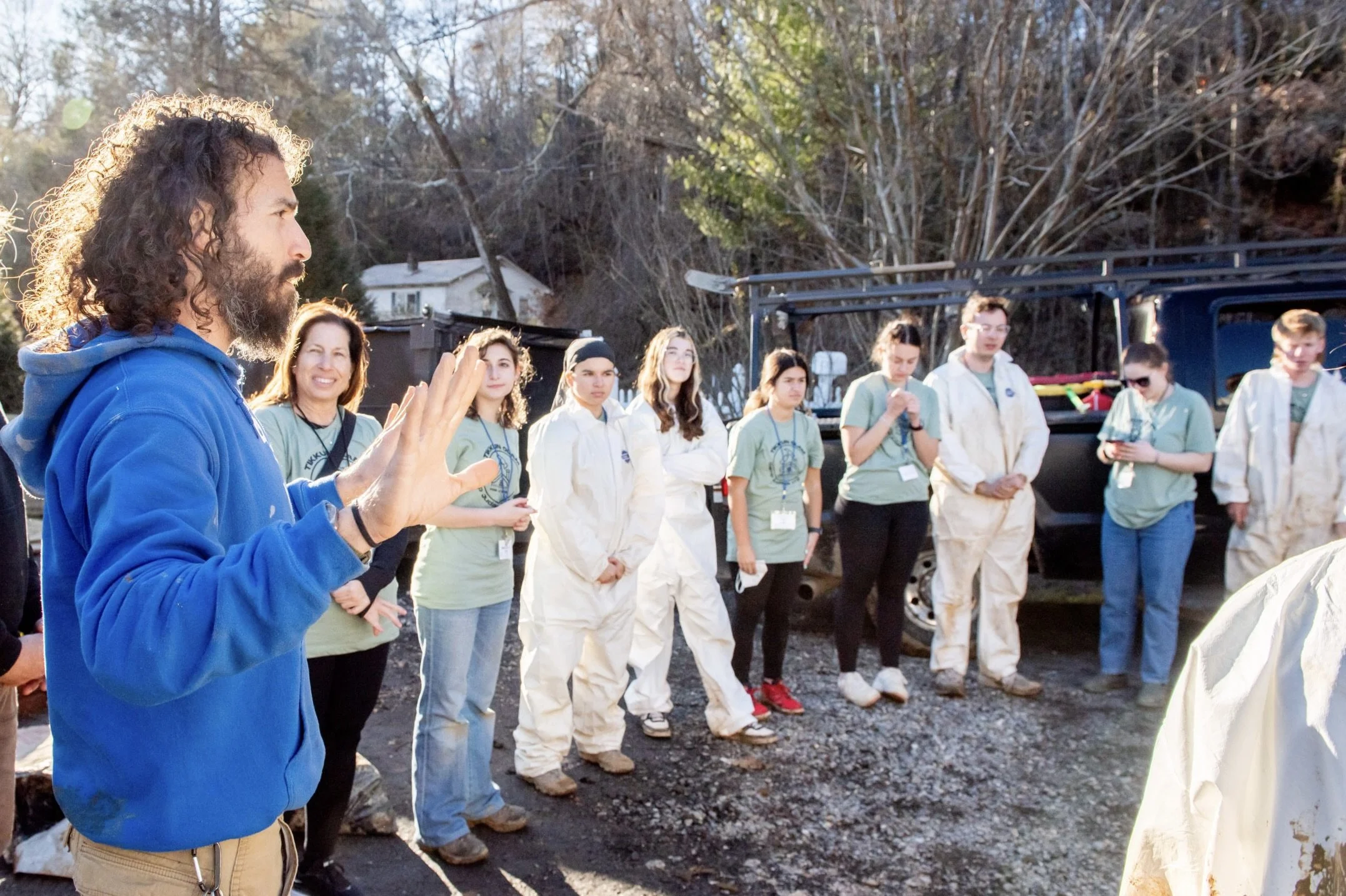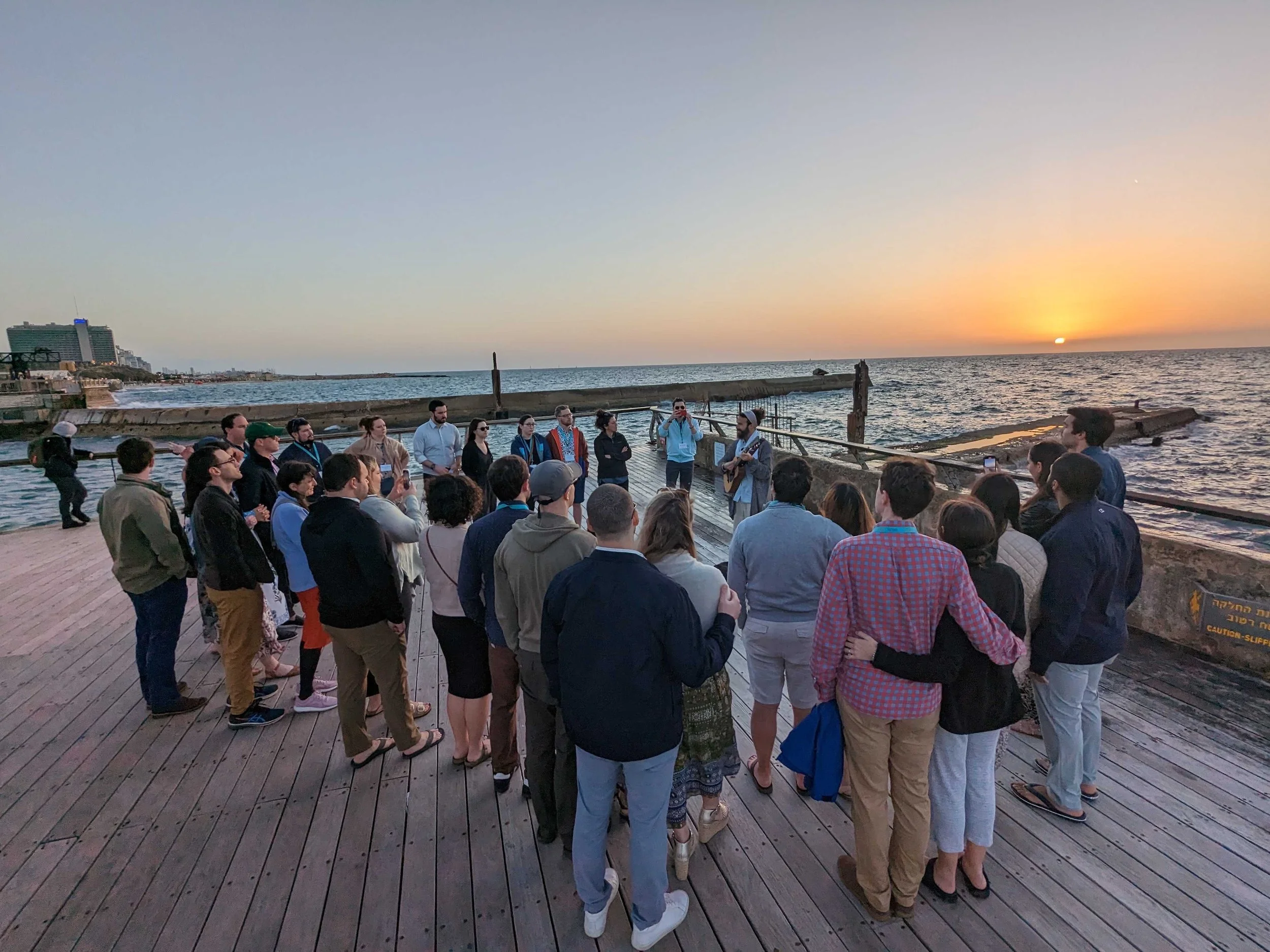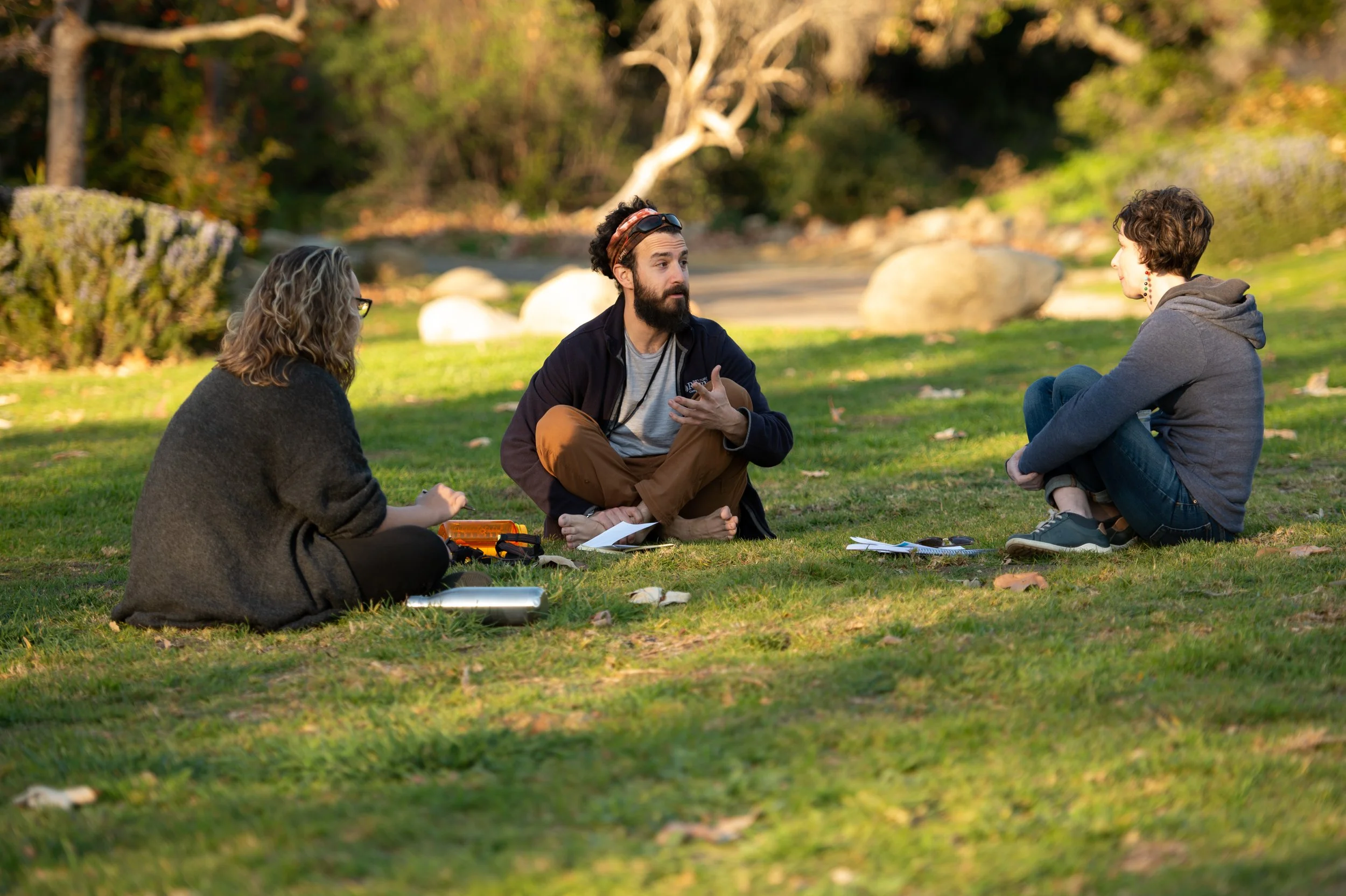
About Rami
Rami Schwartzer is a rabbi, educator, artist, and facilitator with more than fifteen years of experience helping people and communities through challenge and change. His work blends Jewish tradition, creative practice, and organizational leadership, with a focus on healing and human connection.
Rami was the founding director of the Den Collective, Ramah Day Camp Greater DC, Tehom, and the Ramah Israel Bike Ride and Hiking Trip. Most recently, he coordinated NECHAMA’s post-Hurricane Helene efforts in Western North Carolina, leading teams in gutting and rebuilding flooded homes, and supporting communities through grief and long-term recovery. Rami has been a consultant for Honeymoon Israel, the Jewish Federation, the Ramah Camping Movement, Hillel International, Mem Global, and local congregations worldwide, focusing on spiritual leadership and program design. He has supported people in hospice and non-ordinary states of consciousness, offering presence and integration during times of profound psychological and spiritual shift. His current project, Kosher Idols, is a developing work of creative nonfiction at the intersection of spiritual memoir, theology, and cultural criticism.
Rami holds degrees in philosophy and religion from Columbia University and the Jewish Theological Seminary. Living as a nomad, often outdoors and between communities, he draws energy from movement — hiking, climbing, dancing — and from the landscapes and people he meets along the way. His journey has carried him through 16 countries and 46 U.S. states, while his deepest roots remain in New England, New York, Washington, DC, Tel Aviv, Colorado, and the Blue Ridge Mountains.
Artist Statement
My work unfolds wherever people gather to cross a threshold — in ritual and celebration, in performance and festival, in immersive journeys such as retreats, camps, and travel programs, and in the vulnerable aftermath of crisis or trauma. At times I am invited to hold space, guiding ceremony or collaborative art; at other moments I help weave relationships that grow into community — whether fleeting or enduring. In each setting, art becomes the act of attending to energy and presence, creating spaces where people can be more fully human together.
I approach this work as improvisation: listening and responding, erring and readjusting, shaping what can only emerge in collaboration. My media are largely invisible. I work with the raw materials of experience — words, movement, silence, space, and breath, sometimes fire — and with the building blocks of meaning: memory, symbols, emotion, story, and tone. My work is delicate and disruptive; it holds vulnerability, interrupts habit, and breaks through isolation so that new forms of connection and meaning can take root.





